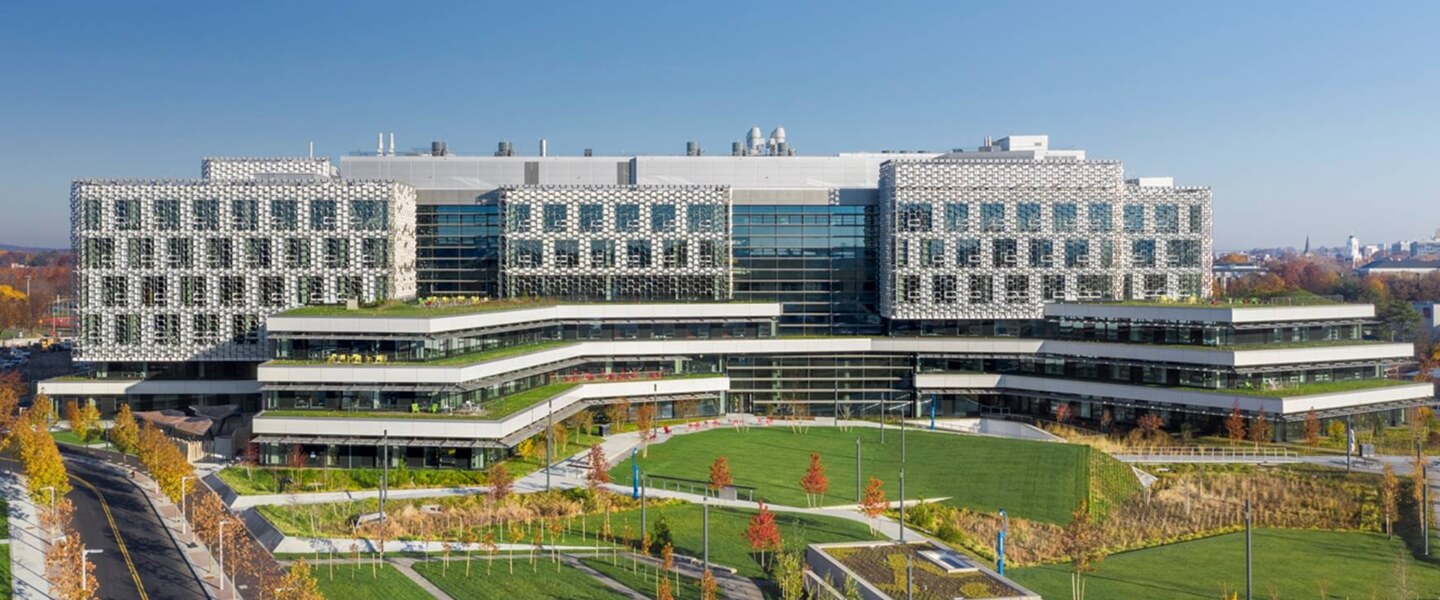Virtual Tour
Tour Stops
Tour Stops
https://seas.harvard.edu/tour/allston/1/science-and-engineering-complex-sec
https://seas.harvard.edu/tour/allston/2/114-western-avenue
https://seas.harvard.edu/tour/allston/3/east-atrium
https://seas.harvard.edu/tour/allston/4/main-atrium
https://seas.harvard.edu/tour/allston/10/engineering-yard
https://seas.harvard.edu/tour/allston/5/lower-level-1
https://seas.harvard.edu/tour/allston/6/lower-level-2
https://seas.harvard.edu/tour/allston/9/library
https://seas.harvard.edu/tour/allston/9/upper-floors
https://seas.harvard.edu/tour/allston/11/classrooms
https://seas.harvard.edu/tour/allston/12/allston-neighborhood
https://seas.harvard.edu/tour/allston/8/sustainability
https://seas.harvard.edu/tour/allston/7/active-learning-labs
https://seas.harvard.edu/tour/cambridge/1/harvard-yard
https://seas.harvard.edu/tour/cambridge/2/science-center-and-seas-history
https://seas.harvard.edu/tour/cambridge/3/labs-cruft-lise-mckay
https://seas.harvard.edu/tour/cambridge/4/pierce-hall
https://seas.harvard.edu/tour/cambridge/5/maxwell-dworkin
https://seas.harvard.edu/tour/cambridge/6/northwest-building
https://seas.harvard.edu/tour/cambridge/7/engineering-sciences-lab
1. Science and Engineering Complex (SEC)
Home to the Harvard John A. Paulson School of Engineering and Applied Sciences (SEAS), the 544,000-sf building designed by Behnisch Architekten is a living laboratory for interdisciplinary research, learning, and innovation.
The Science and Engineering Complex is big, but it was expressly designed to foster a sense of community—one that feels fluid, open, and accessible.
SEAS has campuses in Allston and Cambridge. The Allston campus houses Bioengineering, Computer Science, Robotics, Data Science, and Computational Science and Engineering programs along with most SEAS administrative offices. Faculty and students from Electrical Engineering and Materials Science/Mechanical Engineering are split between locations in Cambridge and Allston.
Completed in the fall of 2020, the SEC is a milestone in the creation of an expansive innovation cluster. An Enterprise Research Campus (ERC) on adjoining land will be home to lab and office space for technology and life science-focused startups and mature companies, as well as residential housing, a hotel and conference center, and extensive public greenway.
Our campus is part of the regional innovation ecosystem that also includes MIT, Boston University, Tufts, nearby teaching hospitals, and a dense cluster of tech and life science companies.
SEC Exterior Envelope
The façade is engineered to minimize energy consumption and maximize natural light. The patterned envelope protects the interior from solar heat gain during warmer months while letting the sun enter during the winter, reducing cooling and heating demands. (read more)
Operable vents support natural ventilation. All outside air that enters the building runs through an air cascade that spans the entire complex, while exhaust air gets cycled through a heat-recovery system capturing waste heat to be recycled with more incoming fresh air.
The custom panels are positioned according to their orientation relative to the sun to optimize the massive building’s energy efficiency and thermal performance.


